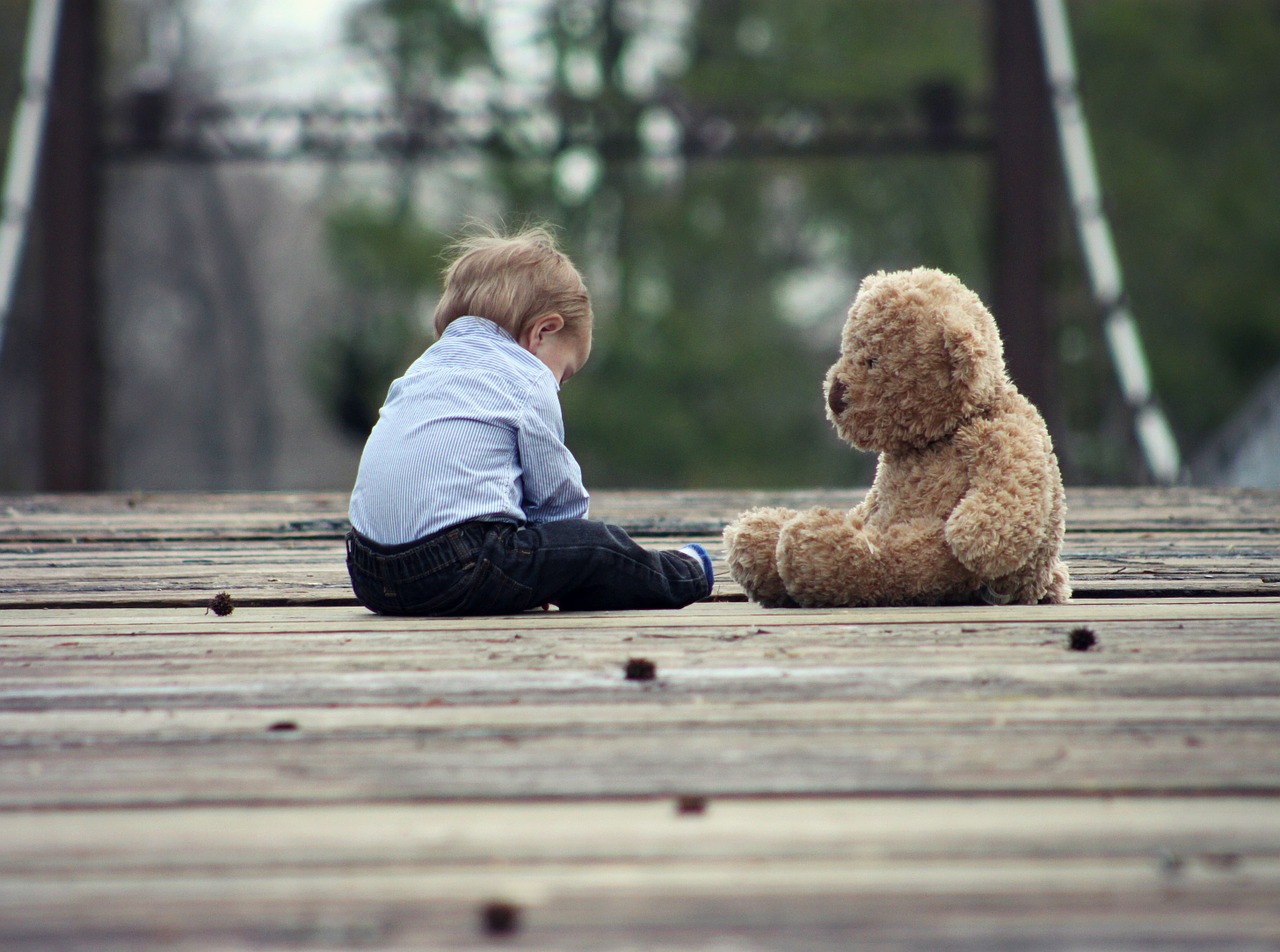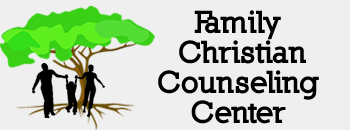Children and Trauma

Children's trauma is one of the most difficult forms of trauma to treat, but it is vital to help children heal because they are our future. While reading “The Neurosequential Model of Therapeutics” (Perry & Hambrick, 2008), I was amazed again at the intricacies of the brain. This developing organ of a child is complex beyond imagination. Billions of neural processes are being formed and changed as development occurs, triggered by complex genetic systems, neurochemicals and external interactions with caregivers and family members. For hundreds of years scholars have known, at least to some degree, that the development of a child is related to the complex set of interactions between nature and nurture. Childhood trauma problems begin to arise when maltreatment, violence, or neglect cause a range of serious problems - from emotional and cognitive all the way to physical issues.
Child Trauma and the Brain
Without understanding the principles of neuro-development it is extremely hard to develop a plan for interventions that will make a difference. One of the leading experts in this field is Dr. Bruce Perry who has developed the Neuro-Sequential model of therapeutics. At Family Christian Counseling Center Edie Moore (MAPC LPC), Deborah Pettitt (MC, LPC, RPT-S), and DeAnna Wahlheim (LAMFT) have participated in training offered by the Child Trauma Institute. Deborah and Edie are certified to use the neuro-sequential assessments. This model is at the heart of how the Center helps children heal.
The model integrates three core principles of neuro-development and the study of children's trauma into an approach that works with the child and his/her family. This process helps match therapeutic techniques to the stage of development that the child is using as a lens to view their world.
Child Trauma and their history
The assessment that this model focuses on centers on understanding the developmental history of the child's trauma. The timing, nature and strength of these challenges are scored resulting in an estimate of the developmental “load”. The earlier the challenge usually the more problematic the issues are.
The Brain Map of a Child's Trauma
The second component of this model reviews current functioning which helps develop a working “Functional Brain Map” for each unique individual. This visual gives an impression of the status of the development of the brain (a 12 year old child may have the social skills of an 8 year old and the regulation skills of a 5 year old). This map is helpful in tracking the progress of the child.
What can we do for Child Trauma
The third component is providing specific recommendations. The "mapping" process helps determine a child specific sequence of developmentally appropriate interventions that can help the child overcome the challenges caused by childhood trauma and resume a normal development. Dr. Perry reports that the more the therapeutic process can replicate the normal sequential process of development, the more effective the interventions are (Perry, 2006). Simply stated, the idea is to start with the lowest underdeveloped functioning set of problems and move systematically up the brain as improvements are seen. As an example this may involve an initial focus on a poorly organized brainstem and the related self-regulation, attention, arousal, and impulsivity by using any variety of patterned, repetitive set of activities.
A major element of this model and the resulting set of recommendations is reviewing the current relationships of the child. Dr. Perry again reports that a primary finding of years of clinical work is that the people surrounding the child are the best predictor of therapeutic healing. “Children with relational stability and multiple positive, healthy adults invested in their lives improve; children with multiple transitions, chaotic and unpredictable family relationships, and relational poverty do not improve even when provided with the best "evidence-based" therapies. The healing environment is a safe relationally enriched environment.”
If you are struggling with helping your child we would love to help. If you would like please click on the link to read more about the Centers training with Dr. Perry.
Perry, B & Hambrick, E. The Neurosequential Model of Therapeutics. Reclaiming Children and Youth, fall 2008 volume 17, number 3.
Perry, B. D. (2006). The Neurosequential Model of Therapeutics: Applying principles of neuroscience to clinical work with traumatized and maltreated children. In N. B. Webb (Ed.), Working with traumatized youth in child welfare (pp. 27-52 ). New York: The Guilford Press.
